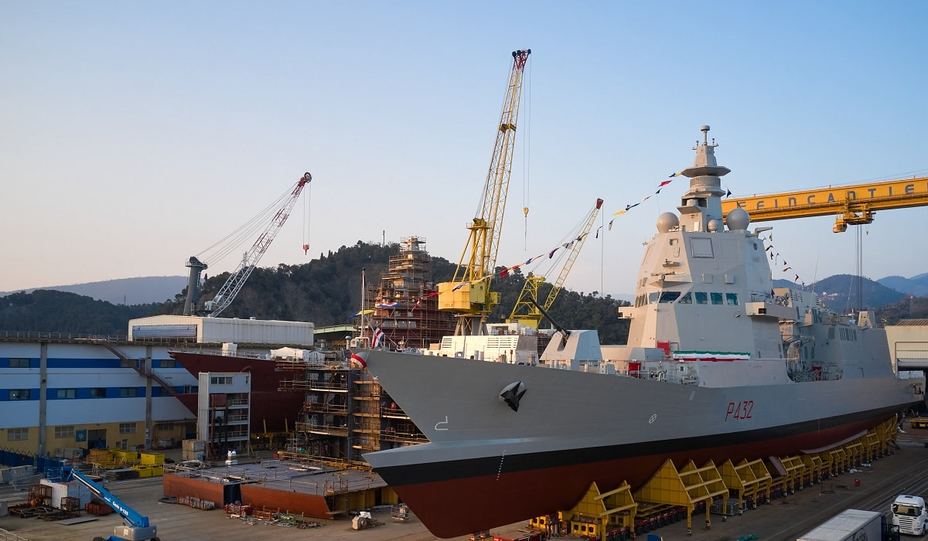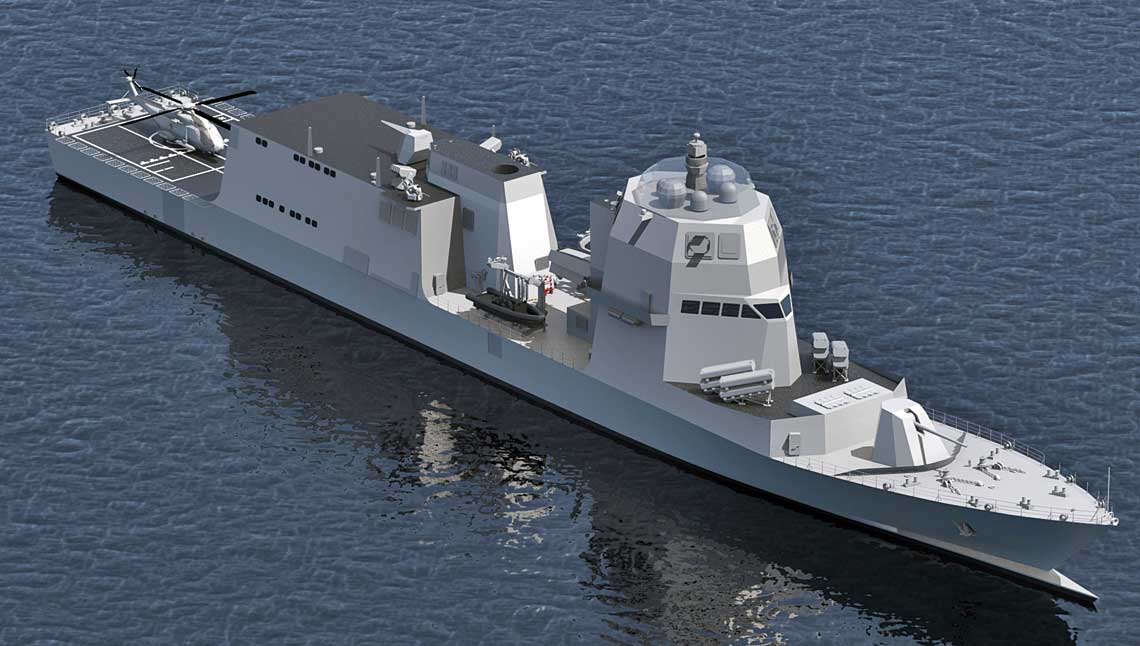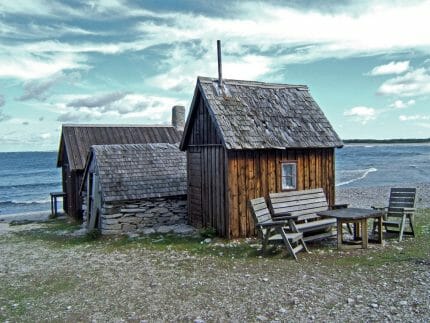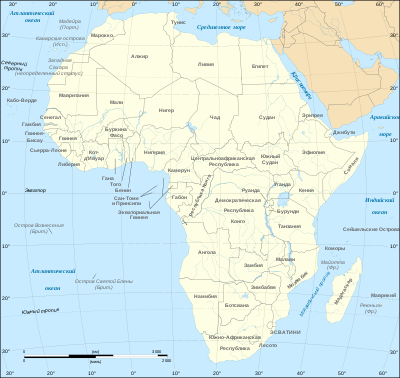
New Marina Militare ships

Artist's vision of a PPA patrol ship. This is the largest series of ships, which will replace 17 ships of five different classes. The Danes did the same, abandoning numerous Cold War-era construction units in favor of three frigates, two "frigate-like" logistics ships and a few patrol ships.
The Italian Marina Militare has for many years been and remains one of the largest and most modern military fleets of the North Atlantic Alliance. Together with a French marine, he also guards his southern flank. However, the last decade of the 70th century was for her a period of stagnation and a gradual decline in combat capabilities, as most of the ships were built in the 80s and XNUMXs. Significant qualitative changes in the technique of the marines came with the advent of the first decade of this century.
The first stage in the modernization of Marina Militare equipment was the commissioning of the German submarines of type 212A - Salvatore Todaro and Scirè, which took place on March 29, 2006 and February 19, 2007. The next step was the hoisting of countermeasure flags - aircraft destroyers created under the Franco-Italian Horizon program /Orizzonte - Andrea Doria, held on December 22, 2007 and Caio Duilio - September 22, 2009 June 10, 2009 - the largest ship built for the modern Italian Navy, the aircraft carrier "Cavour" entered service.
The FREMM European multi-purpose frigate building program, also developed jointly with France, brought further benefits. As of May 29, 2013, seven units of this type have already been put into service in its composition. The newest - Federico Martinengo - raised its flag on April 24 this year, and the next three are in various stages of construction. 2016-2017 also significantly increased the combat capabilities of the submarine fleet, as the following 212A units were adopted: Pietro Venuti and Romeo Romei. Simultaneously with the introduction of new weapons, unpromising ships were gradually withdrawn, and in 2013 a list of those that would be withdrawn from service in 2015–XNUMX was prepared and made public.
–2025. It consists of as many as 57 units, it includes both corvettes of the Minerva type, mine destroyers Lerici and Gaeta, as well as larger formations: the last five Mistral-type frigates (in service since 1983), a destroyer Luigi Duran de la Penne (in service since 1993, overhauled in 2009-2011), three San Giorgio-class landing ships (in service since 1988) and both Stromboli-class logistics ships "(in service since 1975). In addition, the list includes patrol, special and support units.
Therefore, at the end of 2013, the revival program of the Marina Militare was initiated under the name Programma di Rinnovamento Navale. The most important step towards its effective implementation was the adoption on December 27, 2013 by the government of the Italian Republic of a law that specified the need to increase the potential of the naval forces within the framework of a 20-year program, and the annual budgets for this purpose were set: 40 million euros in 2014, 110 million euros in 2015 and 140 million euros in 2016. The total cost of the program is currently estimated at 5,4 billion euros. Another action aimed at its implementation was the adoption by the government of two acts concerning multi-year arms programs and the use of allocated multi-year financial resources. The introduction of these documents is intended to ensure the effective and consistent implementation of their provisions, which in the current geopolitical and financial situation of Italy cannot be guaranteed by standard agreements and contracts. Moreover, the implementation of the Programma di Rinnovamento Navale is not financed from the Marina Militare, but from the central budget.
The fleet renewal plan was finally approved by the government and parliament in early May 2015, and on May 5, the international organization for cooperation in the field of armaments OCCAR (fr. Organization conjointe de coopération en matière d'armement) announced the creation of a temporary business group RTI (Raggruppamento Temporaneo di Imprese), organized around the companies Fincantieri and Finmeccanica (now Leonardo SpA), which will be responsible for the implementation of the described program. Its primary goal is to encourage Italian industry to maintain a high level of innovation in military production, and to design and build units of modular design capable of rapid reconfiguration (especially in terms of tasks other than full-scale conflict), economical to operate and environmentally friendly. The program involves the construction of 11 ships (with an option for three more) of four different classes.
Landing craft AMU
The largest of these will be the AMU (Unità anfibia multiruolo) multipurpose landing helicopter dock. The name chosen for him has not yet been revealed. There are suggestions that this may be Trieste. The basic contract for its construction was signed on July 3, 2015, and its cost is expected at the level of 1,126 billion euros. The device was built at the Fincantieri shipyard in Castellammare di Stabia. Sheet cutting for the construction of the ship began on July 12, 2017, and the keel was laid on February 20 this year. According to the current schedule, the launch should take place between April and June 2019, and sea trials in October 2020. The flag-raising is scheduled for June 2022.
AMU will be the largest unit built for the Italian fleet after World War II, since with dimensions of 245 × 36,0 × 7,2 m it will have a total displacement of approximately “only” 33 tons. In the design of the new unit, it was decided to use an unusual layout with two separate superstructures, thanks to which the AMU will be similar in silhouette to the British aircraft carriers Queen Elizabeth. On the take-off deck with dimensions of 000 × 30 m and an area of 000 230 m 36. Its area will be enough for the simultaneous parking of up to eight aircraft and up to nine AgustaWestland AW7400 (or NH2, or AW8 / 35) helicopters. It will be serviced by two lifts with dimensions of 101×90 m and a carrying capacity of 129 tons. At the current stage, the design of the ship does not provide for the use of a springboard to ensure the takeoff of STOVL aircraft. , although the landing deck will be sufficiently reinforced and it is possible that this will happen in the future.
Directly below it there will be a hangar with dimensions of 107,8×21,0×10,0 m and an area of 2260 m2 (after dismantling some partitions, it can be increased to 2600 m2). Up to 15 vehicles will be placed there, including six STOVL aircraft and nine AW101 helicopters. The hangar can also be used for transportation of vehicles and cargo, then about 530 m of cargo line will be available.

